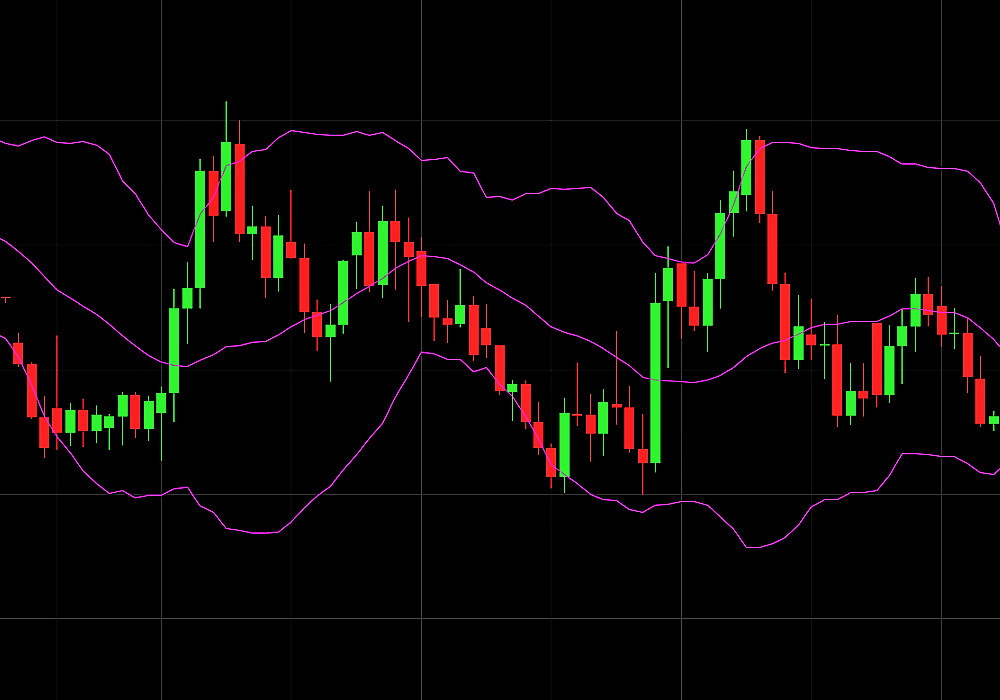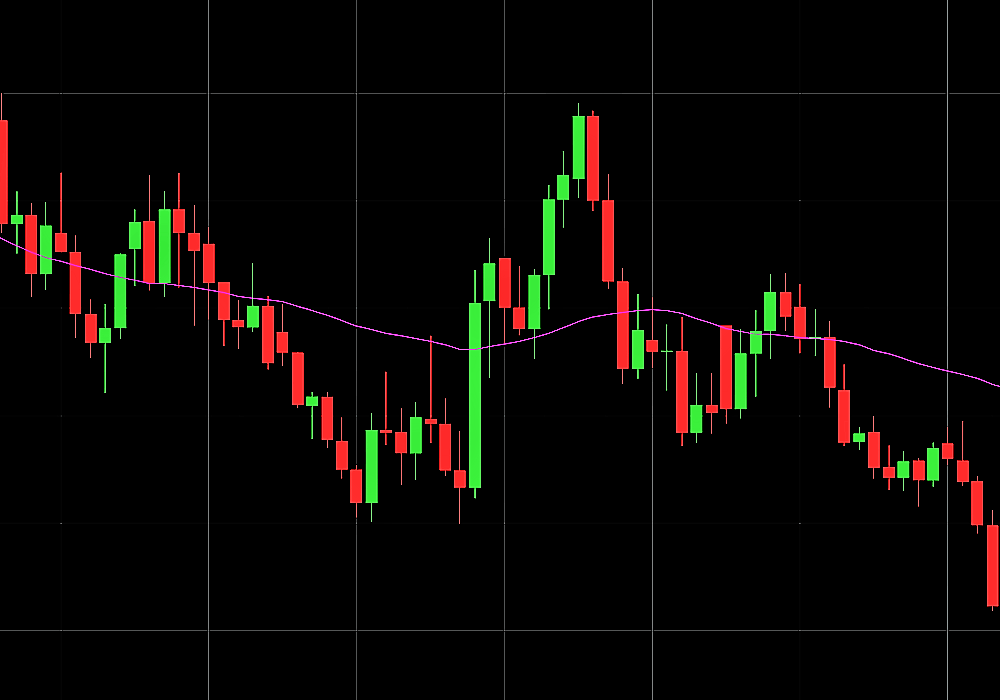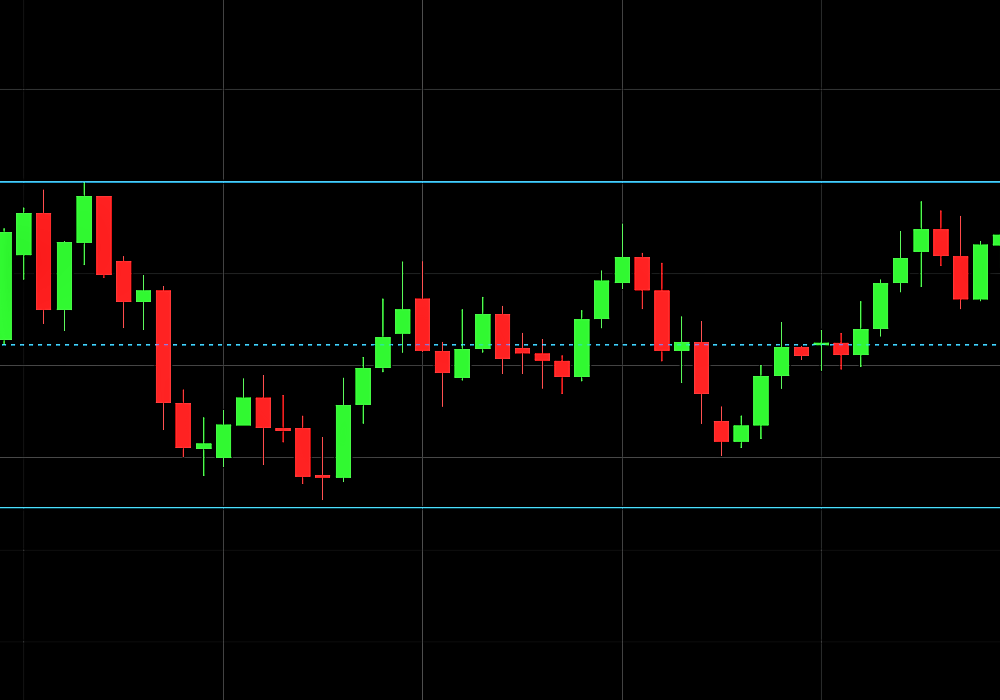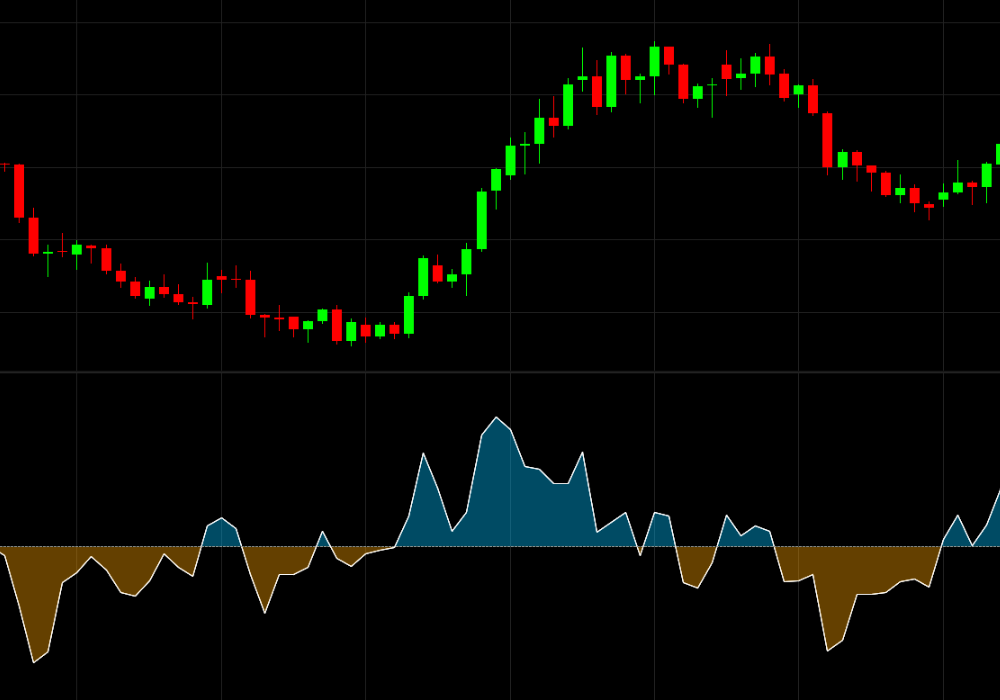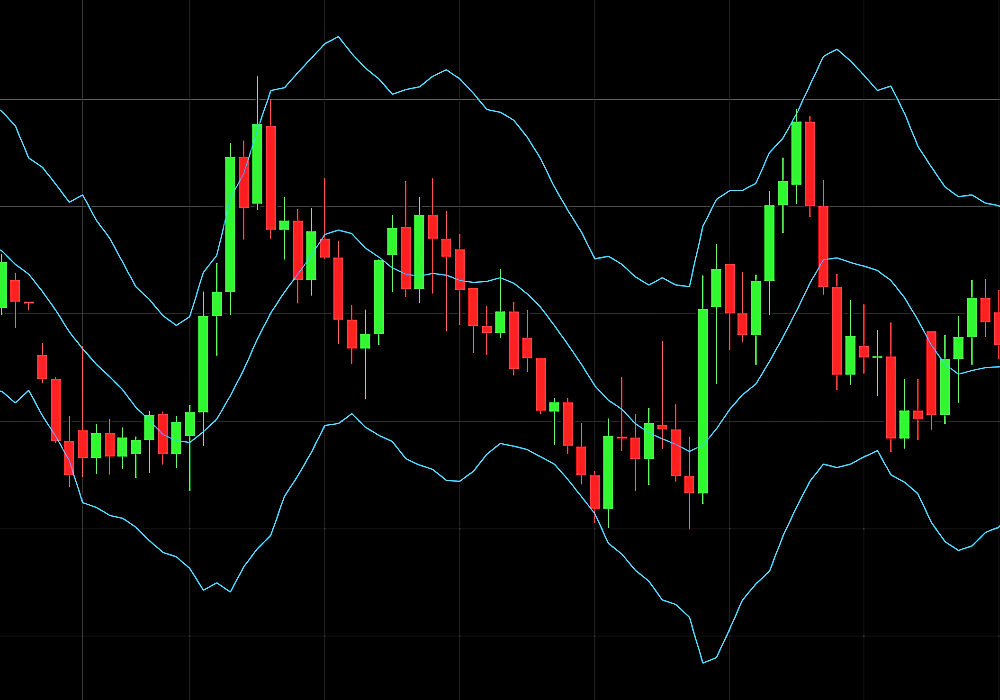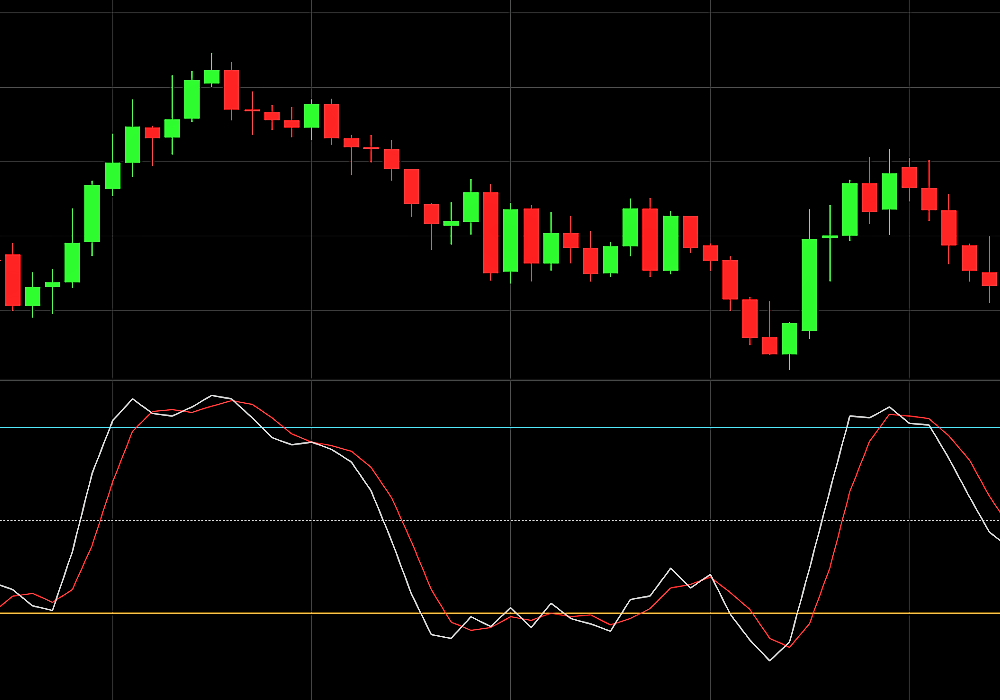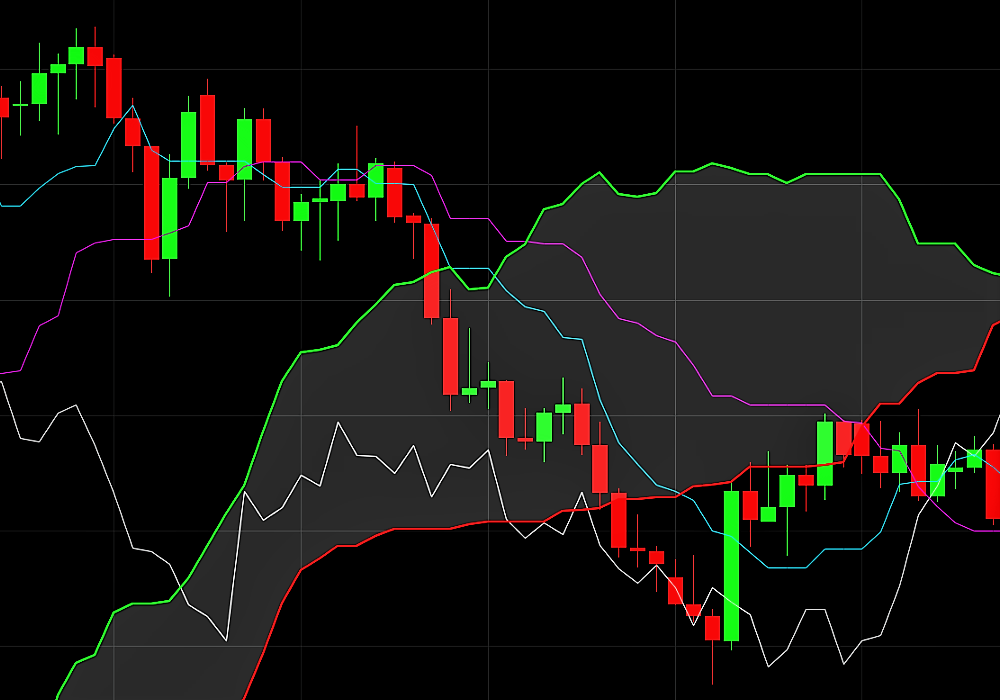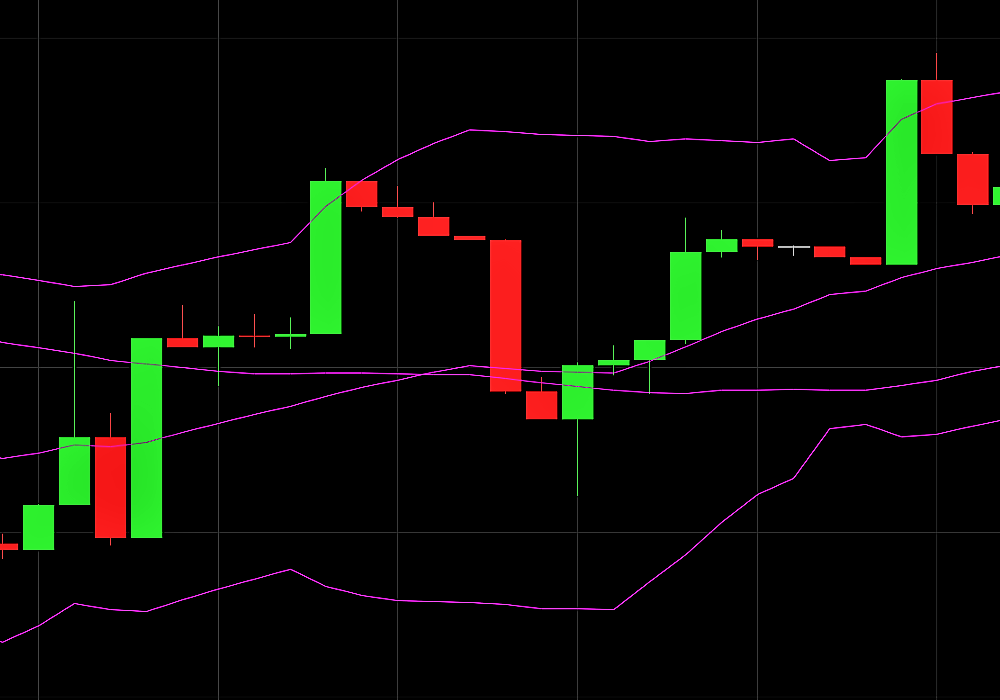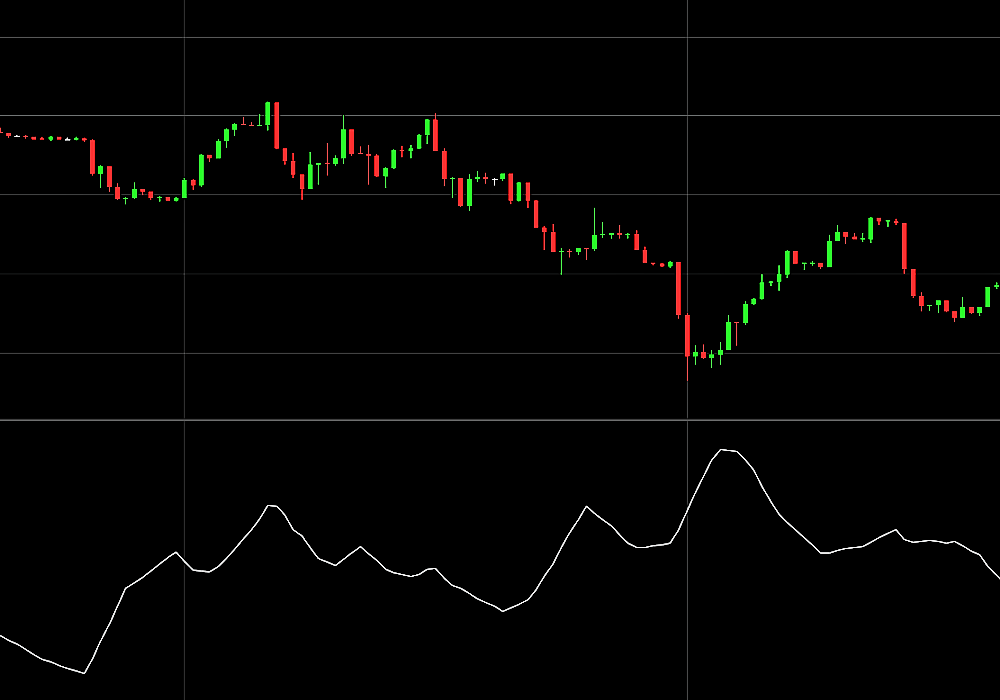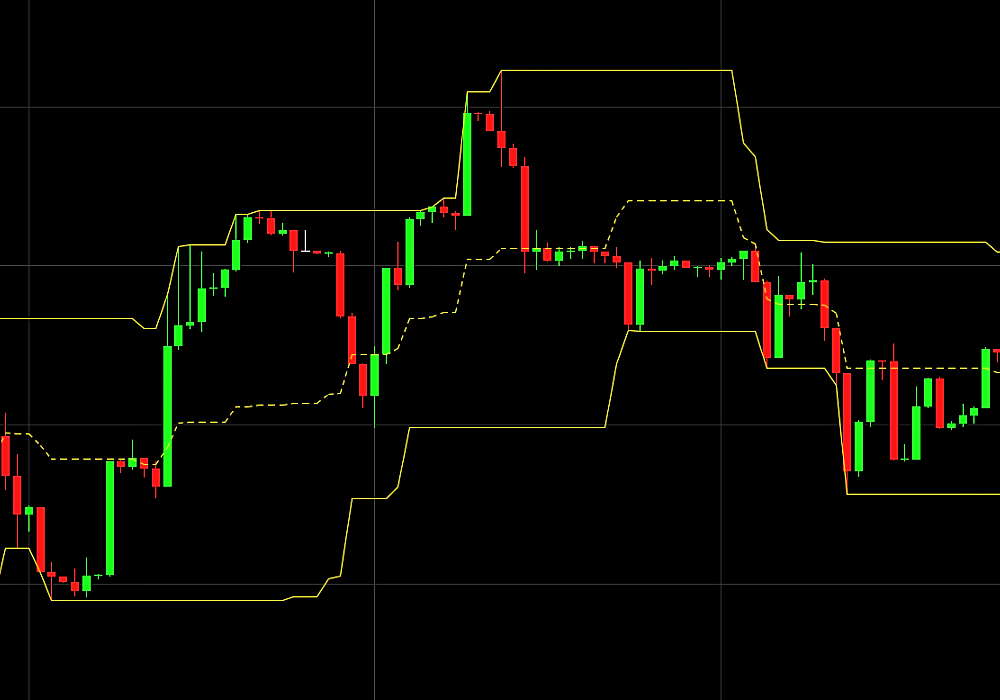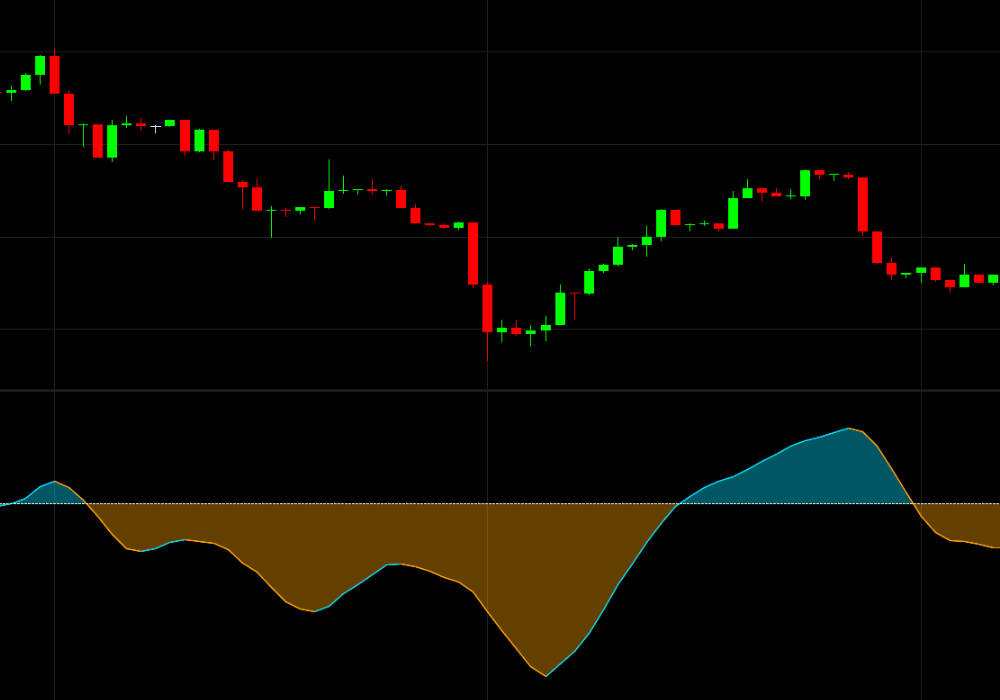What are trading indicators?
Trading indicators use mathematical calculations based on historical price action and volume to forecast future price movements, providing trade entry and exit signals. Technical indicators are displayed over or below price charts to help traders identify trends and overbought or oversold situations. Having an understanding of technical indicators is useful when building a trading strategy.
Our award-winning online trading platform, Next Generation, comes with a wide range of technical indicators for both short and long-term trades. Browse some common technical trading indicators, both leading and lagging, that can help to identify momentum and bullish and bearish trends within the financial markets.
